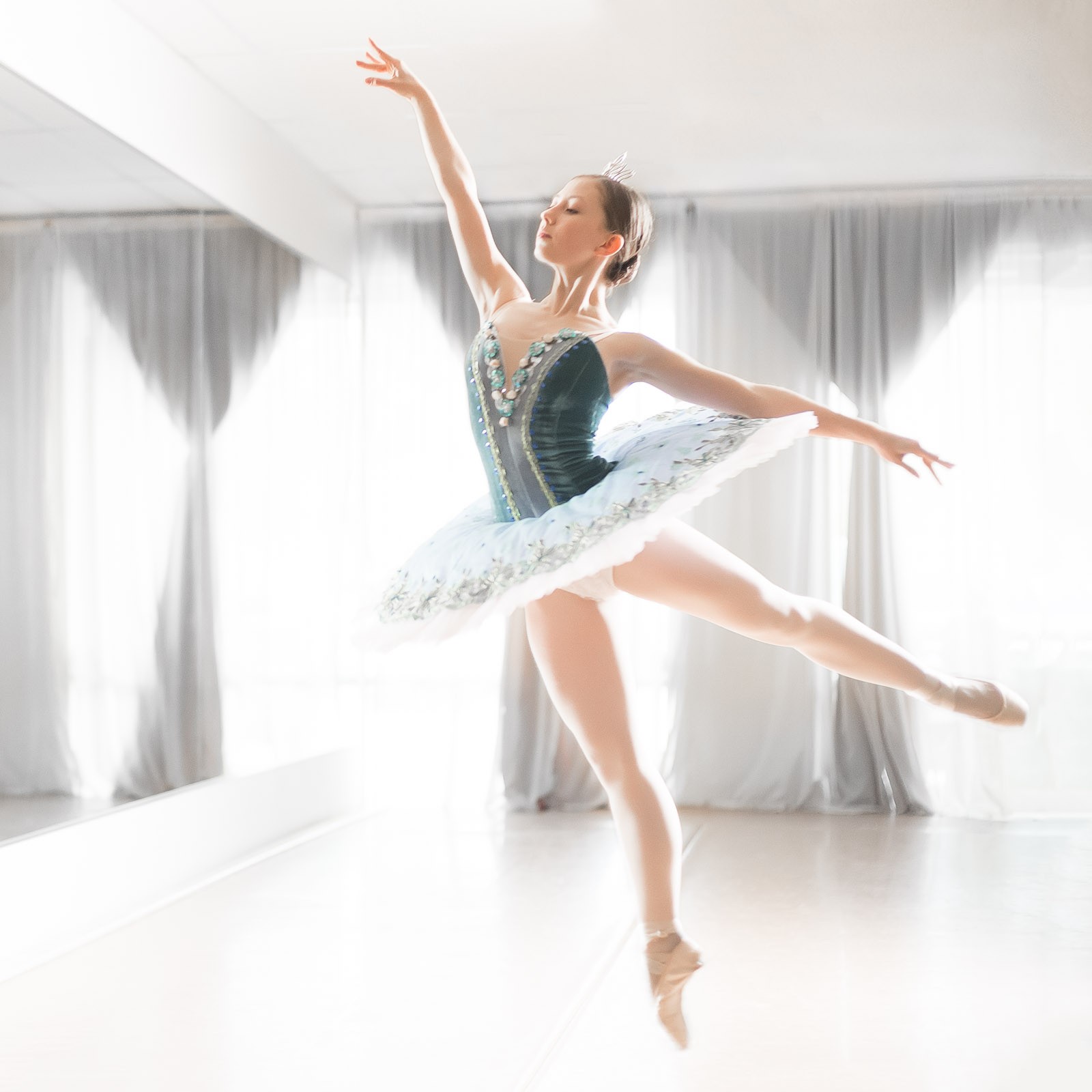
Detroit Opera House, 2015
Leica M9, Leica Noctilux 50mm f/1
I have worked with classical dancers for a few years and learned a few things that you might find very useful. Like, for instance, how to get a shot like the one below. At first it may seem unthinkable: getting on stage during a live full-house performance is not something that photographers can do casually. That is, if you do not know how to be invisible.
What you should always remember while doing this type of work is that people did not come to the theater to look at you. So, for them to do it, you need to do something that makes you noticed. For example, get in a spot light, or stand between an audience and a dancer. As magicians say, it is all about misdirection: while people are busy looking at what they paid to look at, you can accomplish a lot, provided you do not do anything making you noticeable, like fast abrupt movements, loud sounds and, as mentioned before, making yourself visible.
Observing the audience from back stage, you will notice how eyes of every single person look in the same direction. If you manage to be where the line of the audience’s sight is not, chances are, nobody will see you. You can make these chances even slimmer by dressing in black and, what is just as important, wearing a black baseball cap, which will cover your head and parts of the face not hidden behind a camera.
Obviously, carrying a big lens is not a good idea, especially the one painted fashionable off-white, or ivory. Back in a day pretty much the only viable option for this type of work was Leica M, which I still use, due to silent focusing, small size of lenses and a remarkably quiet shutter. Now, with advent of mirrorless digital cameras, options are plenty. Sony a7R II and even more so a7S paired with an excellent Zeiss 1.8/55, or Leica Summilux 1.4/50 is all you need. Remember, it is not the power of your telephoto lens, but how close you are, that makes a successful shot. That is why you need to know how to be invisible: to get as close as you can without disrupting the performance.

You must be logged in to post a comment.